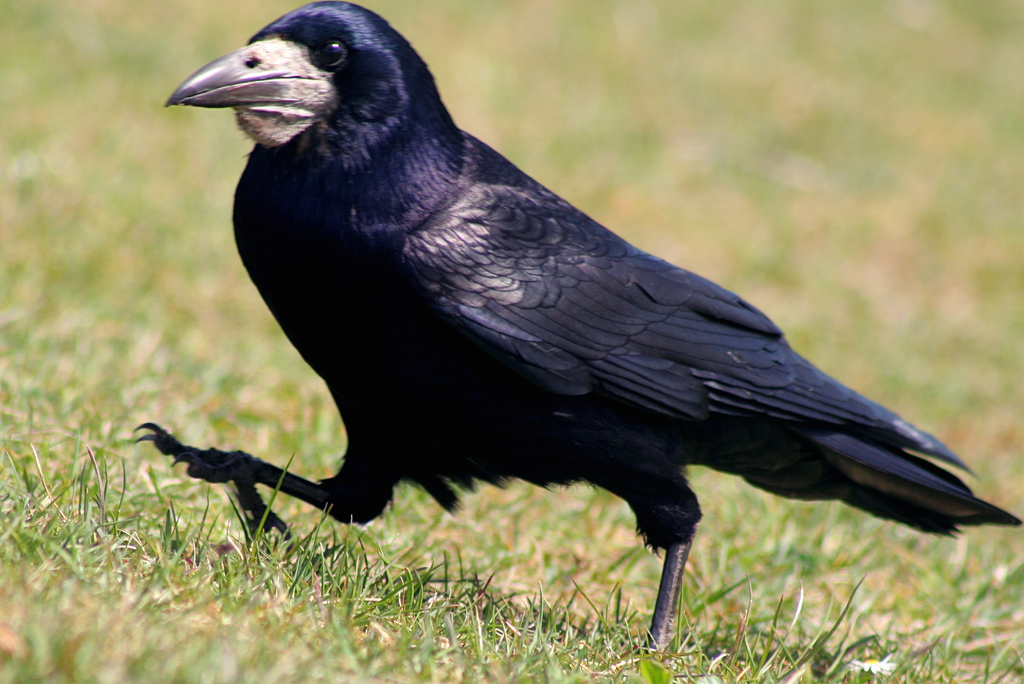Survival of the cutest
Blogger: Forest & Bird’s Lower North Island Field Officer Aalbert Rebergen
Avian citizenry in this country is a mind-boggling, byzantine thing – something that is given and then snatched away at the whim of government based on fickle, flimsy criteria.

Rook, photo: creative commons
Take for example – the rook – an introduced bird that was brought here to control insects and remind settlers of home.
It comes from a family of hooligans – such as jays and crows – and shares their hoarse cry and plucky demeanour.
Reviled by many, this bird has been the target of much persecution, and many would like to see it wiped from the face of New Zealand care of a few humanely-aimed bullets.
Needless to say, they’re at the top of the list of regional council’s undesirables – up there with magpies.
Sure, they cause a little damage to agricultural crops (they’re so smart they squirrel walnuts), but so do introduced birds like yellowhammer, goldfinches, chaffinches, redpolls and sparrows.
It sure makes you wonder what Orwellian scripts these councils are following – colourful and pretty: good; dark & screechy: bad?
Like the rook – the squawky spur-wing plover (a native bird!) too has fallen out of favour with the government, and has now been shifted to the unprotected list because of its danger to airspace.
Does this bird deserve to be on this ‘hate list’ – why don’t we just lift protection within two kilometres of an airport, or add some deterrents like some well-placed shubbery?
The long and short of this is that we’re essentially judging avian citizenship on set of rather thinly-veiled superficial characteristics – their good looks, their cuteness and the beauty of their song.
There seems to be a serious double standard going on here, and as a rook-lover and spur-wing plover enthusiast, I think we need to pour some light on our selective morality when it comes to what’s deemed a pest, and what’s not.
Lets give these birds some clemency please!
